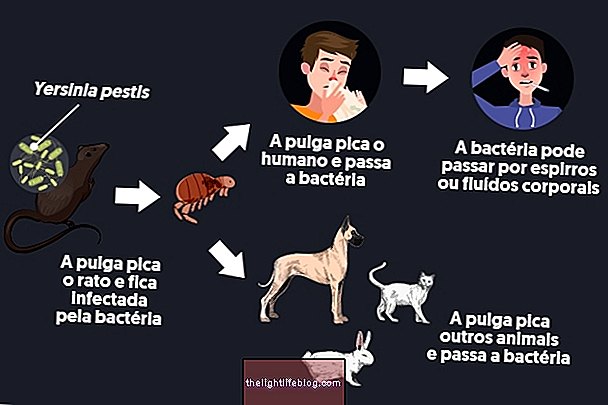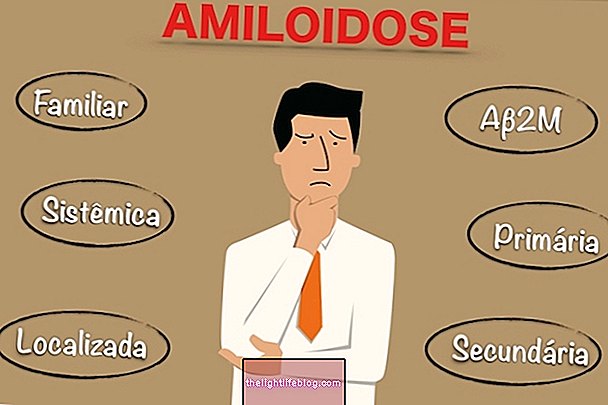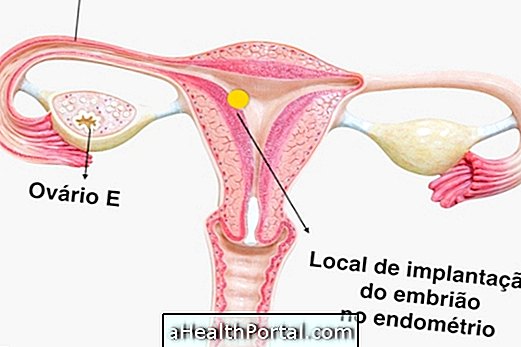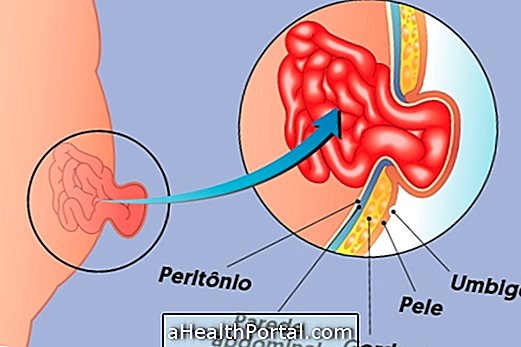Chimerism is a type of rare genetic alteration in which the presence of two different genetic materials is observed, which may be natural, occurring during pregnancy, for example, or be due to hematopoietic stem cell transplantation, in which the cells of the transplanted donors are absorbed by the recipient, with the co-existence of cells with different genetic profiles.
It is considered chimerism when the presence of two or more populations of genetically distinct cells with different origins is verified, differently from what happens in mosaicism, in which despite the populations of cells being genetically distinct, they have the same origin. Learn more about mosaicism.

Representative scheme of natural chimerism
Types of chimerism
Chimerism is uncommon among people and can be seen more easily in animals. However it is still possible that there is chimerism among people, the main types being:
1. Natural chimerism
Natural chimerism occurs when 2 or more embryos merge, forming one. Thus, the baby formed by 2 or more different genetic materials.
2. Artificial chimerism
It happens when the person receives a blood transfusion or bone marrow transplant or hematopoietic stem cells from another person, with the donor cells absorbing the organism. This situation was common in the past, however today after transplants the person is followed and performs some treatments that prevent the permanent absorption of the donor cells, in addition to ensuring better acceptance of the transplant by the body.
3. Microquimerismo
This type of chimerism occurs during pregnancy, in which the woman absorbs some cells from the fetus or the fetus absorbs cells from the mother, resulting in two different genetic materials.
4. Twin chimerism
This type of chimerism happens when during the pregnancy of twins, one fetus dies and the other fetus absorbs some of its cells. Thus, the baby that is born has its own genetic material and the genetic material of its sibling.
How to identify
Chimerism can be identified by means of some characteristics that the person can manifest as areas of the body with more or less pigmentation, eyes with different colors, occurrence of autoimmune diseases related to the skin or the nervous system and intersexuality, in which there is variation sexual characteristics and chromosomal patterns, which makes it difficult to identify the person as belonging to the male or female gender.
In addition, chimerism is identified through tests that assess genetic material, DNA, and the presence of two or more pairs of DNA in red blood cells, for example, can be verified. In addition, in the case of chimerism after hematopoietic stem cell transplantation, it is possible to identify this alteration by means of a genetic examination that evaluates the markers known as STRs, which are able to differentiate the cells of the recipient and the donor.
Was this information helpful?
Yes No
Your opinion is important! Write here how we can improve our text:
Any questions? Click here to be answered.
Email in which you want to receive a reply:
Check the confirmation email we sent you.
Your name:
Reason for visit:
--- Choose your reason --- DiseaseLive betterHelp another personGain knowledge
Are you a health professional?
NoMedicalPharmaceuticalsNurseNutritionistBiomedicalPhysiotherapistBeauticianOther
Bibliography
- MERZONI, Joice. Analysis of STRs and quantification of mixed chimerism in the post-transplantation of hematopoietic stem cells: a diagnostic tool that allows early clinical management. Internship project, 2010. Federal University of Rio Grande do Sul.
- NATIONAL SOCIECY OF GENETIC COUNSELORS. Chimerism Explained: How One Person Can Unknowingly Have Two Sets of DNA. Available in: . Accessed on 02 Jul 2020

























